
Myanmar
At a Glance
From the golden spires of Yangon’s Shwedagon Pagoda to the misty temples scattered across Bagan’s plains, Myanmar offers a journey steeped in tradition and breathtaking beauty. However, due to ongoing political instability and security concerns, travel to Myanmar requires careful planning and up-to-date advice. Health risks remain significant, with mosquito-borne illnesses such as dengue fever, malaria, and Japanese encephalitis posing a risk, particularly in rural and forested areas. Tap water is unsafe to drink, and food hygiene standards vary widely outside major cities. Healthcare facilities are limited across much of the country, even in urban areas. For travelers considering Myanmar, a well-prepared travel health kit, vigilant insect protection, careful food and water choices, and close monitoring of official travel advisories are essential to navigating this complex and beautiful destination safely.
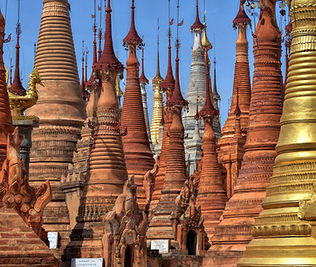
Golden pagodas and timeless villages await in Myanmar. Travel is rewarding but rustic—bring medications and check safety updates.
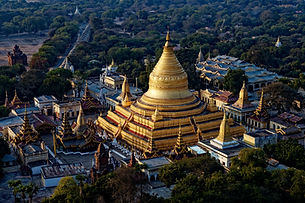
Don't Leave Without These
Get access to curated, pharmacist-reviewed packing guides, tailored to destinations like Cambodia, Vietnam, and Thailand — including brand names, specific combinations, and practical tips you won’t find in a generic travel article.
[Join the Travel Health Hub community]
Go-to travel health essentials — practical, proven, and always packed.
🦟 Mosquito Protection
Include repellent with 30–50% DEET, anti-itch cream, long-sleeved clothing, and mosquito nets if staying in basic or rural accommodation. Malaria tablets are strongly recommended — speak to your doctor about options like doxycycline or atovaquone-proguanil.
💩 Tummy Troubles Toolkit
Bring loperamide, oral rehydration salts (ORS), an antacid, and a short course of azithromycin for traveller’s diarrhoea. “Bali Belly” is common — prepare early, not when it’s too late. Hand sanitiser and wet wipes are essential when eating on the go or using roadside facilities.
☀️ Sun & Skin Care
Pack high-SPF sunscreen (50+), SPF lip balm, and hand sanitiser with 60–70% alcohol. Choose quick-dry, fragrance-free products to suit the heat and humidity.
🩹 First Aid & Docs
Include antiseptic solution, gauze, adhesive dressings, blister pads, gloves, and a thermometer. Bring a printed medical summary, prescriptions with generic names, and your travel insurance documents — including emergency evacuation coverage.
💊 Comfort & Care
Pack paracetamol or ibuprofen for pain, fever, and post-flight aches. Include an antihistamine for bites or allergies, and a basic cold & flu remedy. Consider Berocca, Hydralyte, or Hairy Lemon for hangover recovery or general energy support — they’re handy in the heat, especially after long beach days or Bali nights.
🔥 Extra Tip
"In Myanmar, access to reliable medications outside Yangon is extremely limited. Pack a full supply of prescription medicines, rehydration salts, and a basic antibiotic for self-treatment — and never rely on buying medicine locally."
Prep Well. Travel Well. Know the Risks.
Travel to Myanmar is currently highly restricted due to ongoing civil unrest and security concerns. For those who are permitted entry—primarily journalists, aid workers, and diplomats—health risks remain significant, particularly outside of major cities like Yangon and Mandalay.
Healthcare infrastructure is extremely limited, and reliable medical care may be difficult to access, especially in rural areas. Comprehensive travel insurance, including emergency evacuation coverage, is essential.
Mosquito-borne diseases such as dengue fever and malaria remain prevalent, particularly in rural and jungle regions. Japanese encephalitis is also a risk for travellers spending extended time outdoors.
Rabies is endemic, and access to post-exposure prophylaxis is very limited. Avoid contact with animals whenever possible.
Food and water safety standards are variable. Tap water is not safe to drink. Stick to bottled or properly treated water and consume only well-cooked food.
Due to security concerns, travellers must stay alert to the evolving political situation and be prepared for restricted movement and limited access to services.
Travel to Myanmar at this time should be carefully assessed against up-to-date government advisories and undertaken only with expert security planning.
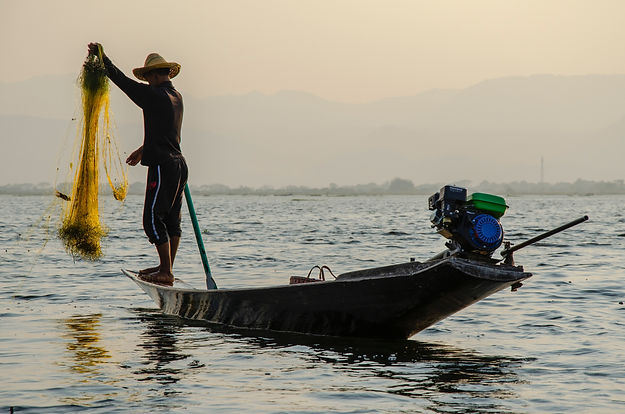
Eat Adventurously, Not Regretfully
Myanmar’s cuisine is rich and distinctive, from the tangy flavours of laphet thoke (fermented tea leaf salad) to the comforting bowls of mohinga (fish noodle soup) and Shan noodles. While exploring local food is a highlight, travellers should be cautious.
Food hygiene standards are variable, especially at street stalls. Tap water is unsafe for drinking or washing produce, and ice may not be made from purified water. Fermented dishes and oily foods, a staple in Burmese cuisine, can cause stomach upset if poorly handled. Meat and seafood sold in open-air markets without refrigeration can pose additional risks.
To stay safe, stick to hot, freshly cooked meals, avoid raw salads and fresh juices unless you’re confident in the source, and be cautious with fermented foods. With smart choices, Myanmar’s bold and traditional flavours can be enjoyed safely and memorably.
Beyond the Basics: Unique Health Risks
Every destination has its own surprises. Here are the health risks that don’t always make it into standard travel advice—but are important to know before you go.
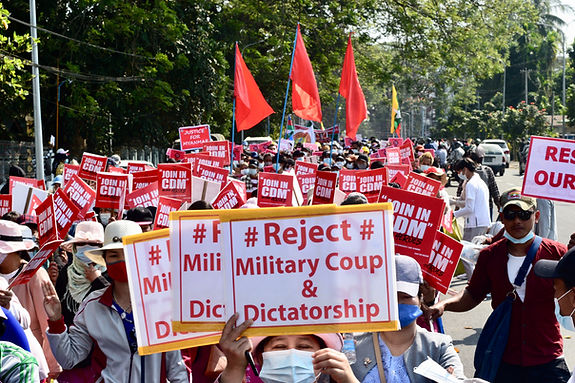
Since the military coup in February 2021, Myanmar has experienced ongoing political unrest, civil conflict, and widespread violence.
Foreign governments, including Australia’s Department of Foreign Affairs and Trade, strongly advise against all travel to Myanmar due to the risks of armed conflict, kidnapping, detention, and serious injury.
Demonstrations, armed clashes, and military checkpoints can occur with little warning, even in cities like Yangon and Mandalay. Rural and border regions are particularly volatile, with limited law enforcement and virtually no consular support for travellers.
Hospitals and emergency services are severely strained, and access to reliable medical care is extremely limited outside major cities.
Travellers who must enter Myanmar—such as diplomats, journalists, or aid workers—should have a comprehensive risk management plan, including:
Secure transport and accommodation pre-arranged.
Communication plans with embassies and employers.
Emergency evacuation insurance covering conflict zones.
Situational awareness and avoidance of all demonstrations.
For leisure travellers, Myanmar is not currently considered a safe destination.
Ongoing political instability and the collapse of healthcare infrastructure present serious risks far beyond ordinary travel health concerns.
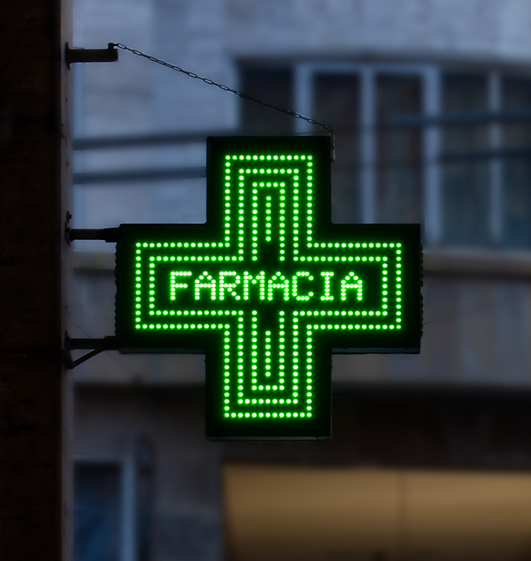
Photo for editorial purposes only. Not affiliated with any specific provider.
When it doesn't go to plan
Healthcare standards in Myanmar are generally poor and have deteriorated further since the 2021 military coup. According to SmartTraveller and the CDC, public hospitals often lack basic medical supplies, essential medicines, and trained staff, particularly outside major cities like Yangon and Mandalay.
Private clinics are available in Yangon, but they may only provide basic care and emergency stabilisation. Facilities include:
International SOS Clinic (Yangon)
Pun Hlaing Siloam Hospital (Yangon)
Victoria Hospital (Yangon)
However, even private hospitals may be affected by shortages of medicines and staff.
For any serious illness, injury, or surgery, travellers are advised to seek medical evacuation to Bangkok or Singapore.
Travel insurance that includes comprehensive medical coverage and emergency evacuation is absolutely essential.
Pharmacies are common in cities but the quality of medications is highly variable. Counterfeit and poorly stored medicines are a serious concern. Travellers should bring a full supply of all regular prescriptions, along with scripts listing generic names, and avoid relying on purchasing medications locally.
Refer to SmartTraveller.gov.au or the Australian Embassy’s Myanmar page for the latest health and safety advisories before travelling.

Before you go
Travel to Myanmar involves higher health risks, and it’s essential to be fully vaccinated before departure.
Essential Routine Vaccines
All travellers should be up to date with:
Measles-Mumps-Rubella (MMR)
Diphtheria, Tetanus, and Pertussis (Tdap)
Polio
Chickenpox (Varicella)
Influenza (seasonal flu)
COVID-19 (including booster doses if eligible)
Infants aged 6–11 months may be recommended early vaccinations for travel protection.
Recommended Travel Vaccines
Recommended for all travellers to Myanmar:
Hepatitis A – High risk via food and water.
Hepatitis B – Important due to limited healthcare standards.
Typhoid – Essential if eating outside of major hotels.
Japanese Encephalitis (JE) – Recommended for rural travellers and longer stays, especially during the rainy season.
Rabies – Strongly recommended due to widespread stray dogs and poor access to post-exposure treatment.
Chikungunya – Risk present; vaccine considered for vulnerable travellers.
Yellow Fever – Entry Requirement
Yellow fever vaccination is mandatory if arriving from or transiting through a yellow fever-risk country.
.png)
🎒 Travel should be an adventure — not a health risk.
With the right advice, you can manage chronic conditions, complex medications, and health risks confidently on the road.
Book your Travel Health Consult and set yourself up for a healthier, safer journey.

Traffic Trouble: More Than Just a Travel Inconvenience
Road and traffic conditions in Myanmar are highly variable and often hazardous, particularly outside major cities like Yangon and Mandalay. Many roads are poorly maintained, with potholes, uneven surfaces, and limited signage. During the rainy season (May–October), roads can become muddy, flooded, and nearly impassable.
Traffic rules exist but are inconsistently enforced, and local driving behaviour can be unpredictable. Right-hand drive vehicles are common despite driving on the right side of the road, adding to confusion. Pedestrian infrastructure is limited, and crossing roads can be risky.
Public transport options are limited and often unsafe. Travel after dark is not recommended due to poorly lit roads, stray animals, and an increased risk of accidents.
Visitors are strongly advised to use reputable drivers, avoid motorbike hire, and rely on organised transport whenever possible. Comprehensive travel insurance that covers road accidents and emergency evacuation is essential when travelling in Myanmar.

Weather
Myanmar’s climate is tropical, with three distinct seasons: cool dry (November–February), hot dry (March–May), and wet monsoon (June–October).
Temperatures soar during the hot season, often exceeding 40°C in central regions like Bagan.
The wet season brings heavy rains and frequent flooding, particularly in Yangon and the Irrawaddy Delta.
Sun exposure is strong throughout the year, and dehydration, sunburn, and heat-related illnesses are common among new arrivals.
Cyclones occasionally impact coastal areas during the early monsoon season.
Exploring Without Limits: Travel and Chronic Conditions
)%20(1).png)
Join our members-only section for trusted, personalised advice on managing diabetes, heart health, arthritis, and more while travelling the world.
Access expert tips crafted for travellers living with chronic health conditions—because smart preparation leads to smoother, safer adventures.
Stay confident, travel protected, and make the most of every journey with tailored health strategies designed to go wherever you do.
Travel Well Extras
Heatstroke and Dehydration During Civil Unrest
In Myanmar’s hot climate, even peaceful sightseeing can quickly lead to heatstroke or dehydration—especially with limited access to safe drinking water during periods of political unrest or restricted movement.
Practical Advice:
Always carry bottled water.
Avoid travel during the hottest part of the day.
Monitor your health carefully if stuck in confined conditions without air-conditioning.